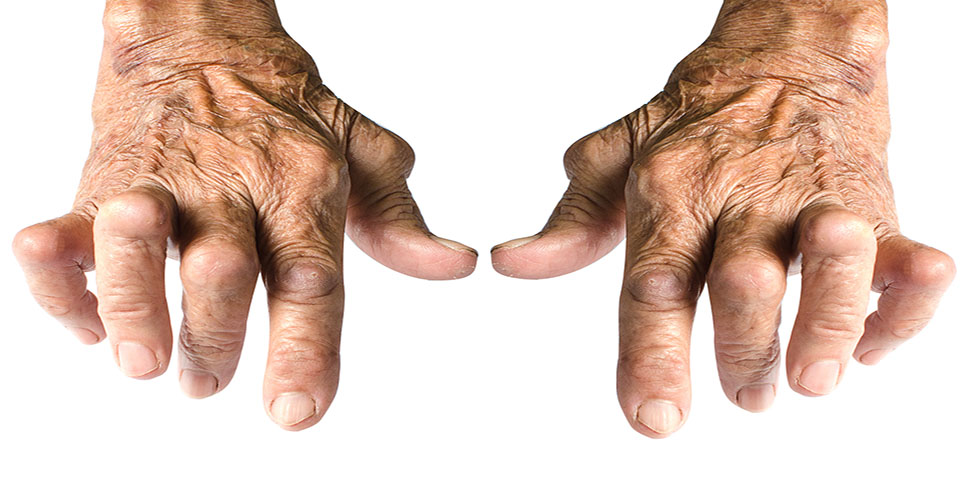teaser
Rituximab is more effective in patients with rheumatoid arthritis (RA) who have responded inadequately to one or more anti-tumour necrosis factor agents than alternative anti-TNF agents, researchers claim.
The authors of a study just published in Arthritis & Rheumatism note that both strategies are current treatment options for refractory RA, but say there have been no head-to-head comparisons to determine which is more effective.
In this prospective longitudinal cohort study, data were collected from the Swiss Clinical Quality Management RA cohort on all patients who had an inadequate response to at least one anti-TNF agent and subsequently received treatment with rituximab or an alternative anti-TNF agent.
Primary outcome was RA disease activity, as measured by the Disease Activity Score in 28 joints (DAS28). Secondary outcomes included changes from baseline in erythrocyte sedimentation rate (ESR), tender- and swollen-joint counts (components of the DAS28), DAS based on C-reactive protein (CRP) levels and treatment side-effects.
In total, 116 cohort patients met the inclusion criteria and were included; 50 received one cycle of rituximab and 66 were treated with a second or third alternative anti-TNF agent (49% adalimumab, 27% etanercept, 24% infliximab). At baseline, there were no significant differences between the two groups, except for a higher number of prior anti-TNF agents reported by patients receiving rituximab, which was expected.
At six months, the mean decrease in DAS28 was -1.61 (95% confidence interval -1.97, -1.25) among patients receiving rituximab and -0.98 (95% CI -1.33, -0.62) among those receiving subsequent anti-TNF therapy (p=0.01). Other significant predictors of DAS28 response were previous failures with more than one anti-TNF agent (mean change in DAS28 +0.44; 95% CI 0.004, 0.87; p=0.05 vs previous failure with one anti-TNF agent) and concomitant DMARD use (mean change in DAS28 -0.30; 95% CI -0.04, -0.56; p=0.03 vs no DMARD use).
The rituximab group also had greater reductions in the number of tender joints (p=0.01) and in ESR (p</=0.001), but there were no statistically significant differences between treatments in the number of swollen joints. There was no significant overall difference in tolerance between the two treatment groups; however, patients receiving anti-TNF therapy reported more dermatological complications (p=0.03), and patients receiving rituximab reported more allergic complications (p=0.04).
The authors conclude: “These results suggest that in this population, rituximab is a more effective strategy to control RA disease activity than is switching to an alternative anti-TNF agent”. However, they caution that “this is an observational cohort study, not a randomised trial, which means this analysis has potential limitations inherent to observational data. In particular, we cannot exclude the possibility of residual confounding or confounding by unmeasured factors.”
Arthritis Rheum 2007;56:1417-23.
